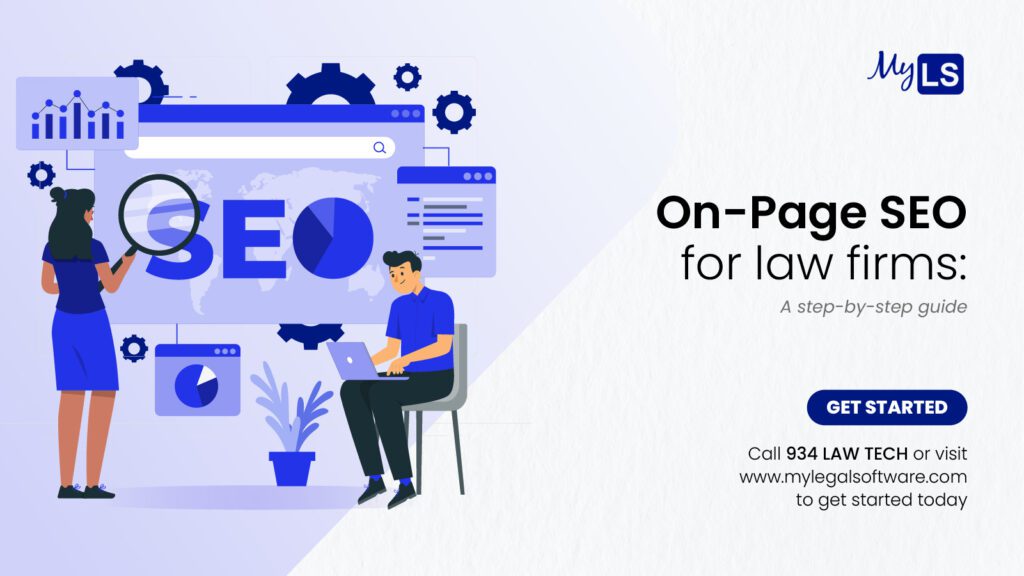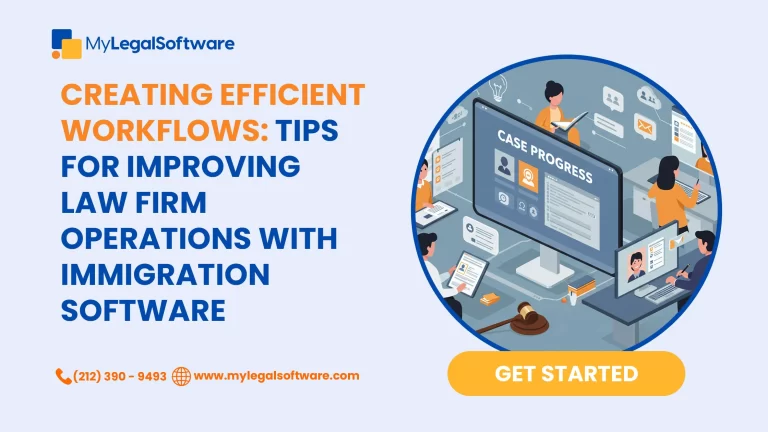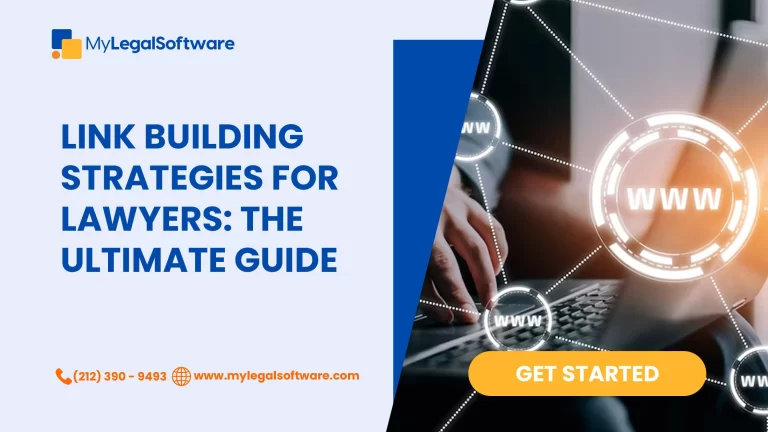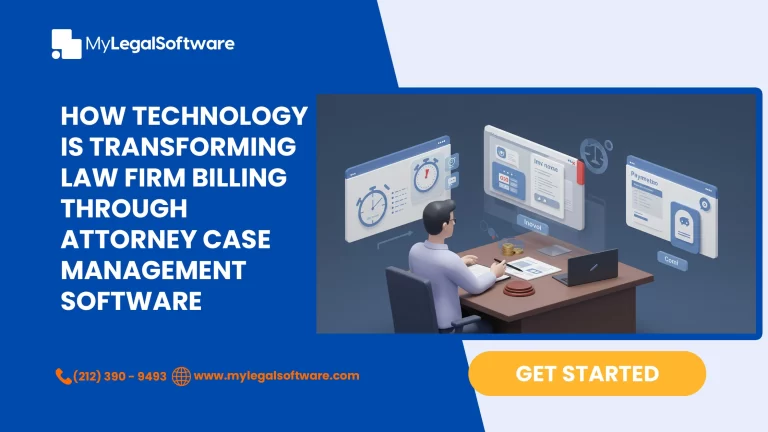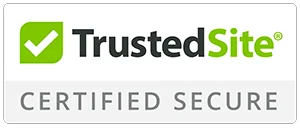In recent times, boosting a website’s ranking isn’t just about sprinkling a few keywords here and there. Keywords are still important, but search engines, especially Google, become smarter and savvier by the day.
This means that law firms need to put in more effort to climb those search engine rankings.
However, if a law firm is truly dedicated to boosting their Google search rankings, it’s essential to have a solid understanding of the key aspects of effective on-page SEO.
Moreso, this detailed guide will help lawyers understand the intricacies of on-page SEO and the core elements needed for success.
What is on-page SEO for Lawyers?
On-page SEO for Lawyers involves enhancing the elements of a law firm website to cater to both users and search engines. It covers all the tactics and changes made directly on a law firm’s website for increased rankings on search engines.
It is called “on-page” because the adjustments and enhancements to optimize the website are made visible to the visitors on the page.
Why should lawyers do on-page SEO?
Three primary factors determine the visibility of a law firm’s website on Google when SEO (Search Engine Optimization) is in play, include:
1. On-Page SEO
2. Off-Page SEO and,
Among the factors mentioned above, On-Page SEO is the most crucial and every aspect of it is entirely up to the law firm. Moreso, getting it right is very important.
Recent statistics indicate that leads generated through on-page SEO are more likely to convert into paying clients compared to those acquired through paid advertisements.
Nevertheless, Google has evolved to more sophisticated algorithms, using Natural Language Processing (NLP), to scan web pages for the most relevant content, as well as other crucial on-page optimization like meta tags and keywords..
Moreso, it is crucial that lawyers should go from just optimizing for search to also creating more valuable content for readers.
Core Elements of on-page SEO for law firms
All on-page SEO elements are classified under 3 main categories
1. HTML Elements:
- Page Titles:
Crafting compelling and keyword-rich page titles is crucial. For instance, a law firm specializing in personal injury might optimize its page title for “Expert Personal Injury Attorneys.”
- Headers:
Proper use of header tags (H1, H2, H3, etc.) can enhance content structure. For example, a blog post discussing “Understanding DUI Laws” may use H2 headers for subtopics like “Penalties” and “Legal Defenses.”
- Meta Descriptions:
Effective meta descriptions provide concise summaries. For instance, a legal website’s meta description for its “Practice Areas” page might include keywords like “Family Law” and “Criminal Defense.”
- Image Alt-Text:
Using descriptive alt-text for images, such as “Personal Injury Lawyer in Action,” aids accessibility and SEO.
- Structured Markup:
Implementing structured data markup, like Schema.org, can enhance search engine understanding. For instance, a law firm’s contact information can be marked up for local SEO.
2. Content Elements: High-Quality Relevant Content
- Incorporating Short and Long-Tail Keywords:
For a bankruptcy law blog post, incorporating keywords like “Chapter 7 bankruptcy” and “debt relief options” is essential.
- Engaging Visuals for Content:
Including informative infographics or illustrative charts can make legal content more engaging. For example, a real estate law blog might use visuals to explain property tax concepts.
- Writing for Specific Audience Persona(s):
Tailoring content to address the needs and concerns of target audiences is vital. For instance, an immigration law firm might create content addressing “Employment-Based Visa Options” for foreign professionals.
- Actively Solving Audience’s Problems:
Legal content should provide actionable solutions. An employment law blog could offer advice on “Dealing with Workplace Discrimination.”
- Content People Will Share and Want to Link to:
Compelling content may lead to social sharing and backlinks. An intellectual property law article on “Trademark Registration Tips” could become a reference source.
- Conversion Optimization with CTAs to Offers and Product Pages:
Law firms can optimize conversion by including compelling calls-to-action (CTAs). For instance, a tax law website might feature a CTA like “Request a Consultation” on relevant pages.
3. Site Architecture
- Page URLs:
Structuring URLs for clarity and relevance is crucial. An estate planning law firm could have a page URL like “/estate-planning/trusts-wills.”
- Internal Links:
Strategic internal linking can enhance user navigation and SEO. For example, a corporate law site can link to related articles on “Mergers and Acquisitions.”
Site User-Responsiveness:
Ensuring the website is user-friendly and mobile-responsive is essential. A criminal defense law firm’s site should offer seamless browsing on smartphones.
- Page Speed:
Faster page loading times improve user experience and SEO rankings. A personal injury attorney’s site should aim for swift page loading to retain visitors.
In summary, mastering these on-page SEO categories and elements empowers law firms to optimize their online presence effectively, making their legal services more accessible to potential clients.
On-Page SEO Checklist for Lawyers:
1. Conduct an SEO Audit and Define Your Site Architecture
- Crawl Your Website:
Lawyers need an overview of their web pages that have been Indexed and crawled by Google. Utilizing tools like Screaming Frog or Google Search Console can help lawyers analyze the current status of their websites.
After the website has been crawled successfully, and the results exported into an excel file, the next thing to do is:
- Updating URLs, Page Titles, and Meta Descriptions:
All Urls, page titles and meta descriptions need updating. Although for some websites that may not always be the case as it may not be required…
Below is a simple SEO template that can help with an overview of the type of website content.
Note: Using a template can help lawyers organize their SEO.
For instance, a criminal defense attorney may update a page URL from “/services/criminal123” to “/criminal-defense.”
Lastly, all these update ensures keyword relevance is mentained in URLs,
An example of a keyword updated URL can be: “/personal-injury-lawyer.”
- Utilizing Header Tags:
Lawyers can Incorporate H1, H2, and H3 tags appropriately for proper content hierarchy.
- Verify If Your Page Is Indexed:
This involves Checking if your web pages are indexed to visibly appear at all on Google search engine.
See a full guide on SEO audit and analysis here
2.Optimize Keyword Density and Placement
- Don’t Stuff Content with Keywords:
Avoid overloading content with keywords. Instead, focus on natural incorporation for readability and SEO.
3. Establish Value Propositions for Each Page
- Defining Target Audience:
Identify the specific demographic or client type each page aims to attract.
Plan New Page Titles
Craft compelling titles that reflect the page’s content and target keywords.
Add New Meta Descriptions
Create informative meta descriptions that entice users to click.
Review and Edit Page Content as Needed:
Ensure content is up-to-date and aligns with audience needs.
Incorporating Content Visuals
Enhance engagement with images, videos, or infographics. For instance, an immigration law page could include an infographic explaining visa types.
Adding Internal Links
Internal linking is the practice of connecting one page within a website to another page on the same website. Its primary purposes are to facilitate user navigation and establish a structured content hierarchy.
Additionally, it significantly impacts SEO by distributing link authority and enhancing page visibility and indexation by search engines.
Here are some effective internal linking best practices:
- Utilize descriptive anchor text that clearly represents the linked content.
- Link to pages that are contextually relevant to the content.
- Establish a logical and organized structure for your internal links.
- Prioritize linking to high-authority pages, which can enhance the linked page’s credibility.
- Periodically review and audit your internal links to ensure they remain valid and beneficial.
- Implement breadcrumb navigation to enhance user understanding of page hierarchy.
- Include consistent sidebar and footer links on all pages to facilitate easy navigation.
- Continuously monitor the performance of your internal links, optimizing them to improve both user experience and search engine visibility.
By following these internal linking best practices, websites can effectively enhance user navigation, improve SEO performance, and offer a more organized and user-friendly experience.
For instance, a family law blog post can link to a dedicated “Child Custody” page.
- Adding External Links:
Most people may feel it opposes the reasons for internal links, but external links are equally important as internal links.
When law firms link out from their websites to others, it gives Google an impression that their pages are credible and trustworthy.
However, Not only does Google get to know it is well referenced but also the website visitors. Therefore, citing authoritative external sources within a website’s content can boost trust.
4. Optimize for Conversions
Lawyers are also advised to implement conversion-focused elements like compelling calls-to-action (CTAs) on key pages.
For instance, if a real estate law firm wants to drive clients to request for consultation, their website should have a corresponding CTA (Call to action) like “Request a Consultation” prominently displayed on relevant pages.
Final Thoughts and Conclusions
In conclusion, law firms must recognize the pivotal role of on-page SEO in reaching their online audience effectively. Here are some parting insights:
1. Continuous Learning:
Keeping abreast of SEO trends and algorithm changes to adapt strategies accordingly.
For instance, the fact that Google emphasizes user experience underscores the importance of mobile responsiveness and page speed.
2. Quality Over Quantity:
It is advisable for lawyers to prioritize high-quality, informative content that addresses the needs of your target audience. This will pay off on the long-term
For instance, As a family law firm writing a blog post on “Child Custody Mediation Tips” should focus on providing valuable and relevant insights on the said topic
3. User-Centric Approach:
Lawyers must always consider the user problems, search intent and user experience. A user-friendly website with clear navigation and well-structured content enhances engagement and boosts SEO rankings by factoring out these points.
4. Local SEO Matters:
For law firms with physical locations, optimizing for local SEO, including Google My Business, can help attract nearby clients. By setting up, for instance, an immigration law office, lawyers can also benefit from local search visibility.
5. Tracking and Analysis:
Lawyers can regularly monitor SEO performances using tools like Google Analytics.
For instance, by analyzing which pages generate the most leads can inform content strategies.
7. Ethical SEO:
This involves when lawyers uphold ethical SEO practices by
- Avoiding black-hat techniques that could result in penalties and,
- Maintaining a reputable online presence is vital.
Get help with law firm marketing
Selecting a marketing agency like Mylegalsoftware, one that possesses expertise in lead generation and a comprehensive understanding of the legal industry’s digital marketing landscape, can provide lawyers with a competitive advantage.
Leveraging our extensive experience and legal background, we specialize in crafting compelling marketing campaigns and content that fully adhere to established industry guidelines.

